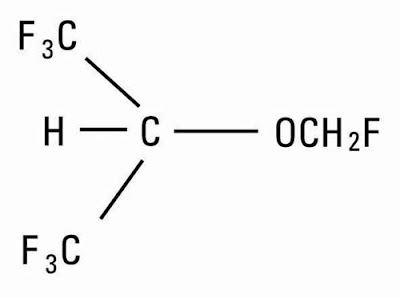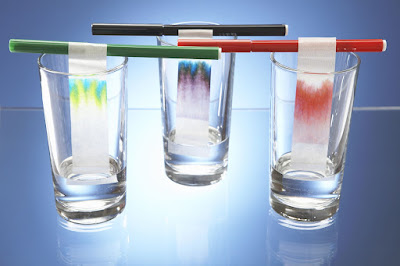Cardiac Pacing Leads: Essential Components for Regulating Heart Rhythm
 |
| Cardiac Pacing Leads |
The heart is one of the most important and remarkable organs in the human body. It works tirelessly to pump blood throughout our circulatory system and provide nutrients and oxygen to every cell. However, sometimes the heart's natural pacemaker and conduction system can malfunction, causing irregular or inadequate heart rhythms called arrhythmias. In these cases, cardiac pacing leads play a crucial role in regulating and restoring normal heart function.
What are Cardiac Pacing Leads?
Cardiac pacing leads, also known as pacemaker leads, are thin, insulated wires
that connect an implantable pacemaker or defibrillator device to the heart
muscle. Modern pacemaker leads are constructed of a coiled metal conductor
insulated with silicone rubber or polyurethane. They vary in length depending
on where they need to be positioned but average between 12-15 inches long.
At one end, pacing leads connect directly to the pulse generator portion of the
device which is usually implanted under the skin in the chest area. The other
end contains either a single electrode or a small cluster of electrodes that
attach to the chambers of the heart—most commonly the right atrium or right
ventricle—to deliver electrical impulses and pace the heart as needed.
Types of Cardiac Pacing Leads
- Atrial leads: Used for pacing the upper chambers (atria), atrial leads have a
single electrode at the tip that connects to the right atrium.
- Ventricular leads: For pacing the lower chambers (ventricles), ventricular
leads connect to the right ventricle via an electrode at the tip or on the lead
itself.
- Biventricular (BiV) leads: Advanced BiV pacing systems use three leads - one
in each ventricle and one in the right atrium - to treat congestive heart
failure.
- His Bundle pacing leads: A newer approach involves leads placed on the His
bundle to pace both ventricles simultaneously with less dyssynchrony.
How Cardiac Pacing Leads Work
When a pacemaker is implanted, the leads are threaded through a large vein
(usually the subclavian) into the heart chambers where the electrodes make
contact with the cardiac tissue. The pulse generator then senses and monitors
the heart's intrinsic rate and rhythm through the leads.
If the device detects a bradycardia (slow heart rate) or other arrhythmia, it
will send electrical impulses through the leads to artificially stimulate the
appropriate heart chamber(s) and regulate the rate. This overdrive pacing
overrides the heart's natural conduction system to maintain an adequate heart
rate. The pacing impulses feel just like natural heartbeats to keep blood
pumping effectively.
Lead Placement and Fixation
Proper lead positioning and secure fixation are critical for reliable pacing
function over many years. During the implantation procedure, physicians use
X-ray fluoroscopy and other imaging to guide the leads through the veins and
precisely place the electrode(s) in contact with the endocardial surface of the
targeted heart chamber.
Common fixation methods include passive fixation leads that rely on tines or
fins that anchor in the trabeculae of the heart chamber, and active fixation
leads featuring screw-in electrodes that actively attach to the endocardium.
Ensuring leads remain stationary without dislodging or moving out of position
is vital for continuous therapy delivery.
Managing Cardiac Pacing Leads
After implantation, leads must be closely monitored and appropriately managed
over the device's lifespan. Regular follow-up device checks using chest X-rays
and electrical measurements can identify early signs of lead complications such
as insulation breaks or conductor fractures.
As patients age and the heart changes size or shape over decades, leads can
occasionally move out of position or become dislodged. Tissue ingrowth or scar
formation around older leads also creates challenges for extraction if leads
need to be replaced. Surgeons may need to extract and replace problematic leads
in more complex revision procedures.
Latest Advancements in Lead Technology
Continuous innovation aims to improve pacing lead reliability, longevity and
patient outcomes. Newer leads feature steroid-eluting ports that reduce
inflammation around the lead tip to enhance stability. Insulation materials
like polyurethane and reliable electrical conductors help prevent fracture even
after many years.
Developments like active fixation helix design, silicone collars, and smaller
lead profiles make deployment and extraction procedures safer and less invasive.
Wireless leadless pacemaker systems going directly into the ventricle are an
emerging alternative that avoid lead complications entirely. Overall, modern
pacing lead engineering provides reliable means to regulate abnormal heart
rhythms and improve quality of life.
Get More Insights on this Topic- https://www.marketwebjournal.com/navigating-the-hearts-rhythm-a-guide-to-cardiac-pacing-leads/



Comments
Post a Comment